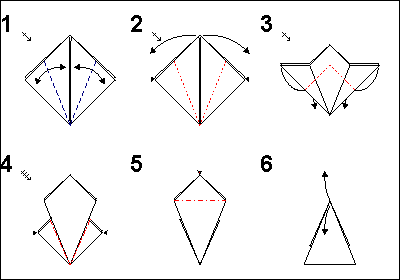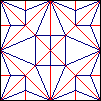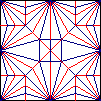|
Copyright © by Vostrikov Alexandre. et's begin folding from the blinzed square base form. Let's mark the creases, necessary for folding of the blinzed bird base. Then we shall push corners inside on planned creases, simultaneously opening aside corners of the initial square. et's make opposite creases for all four elements being corners of an initial square. Then again push inside eight formed pointed elements. et's note, what at the given stage are generated eight pointed elements, on the basis of which can be folded not only bush, but also, for example, the model of the bug. Let's begin folding from the blinzed square base form. Let's mark the creases, necessary for folding of the blinzed bird base. Then we shall push corners inside on planned creases, simultaneously opening aside corners of the initial square. Let's make opposite creases for all four elements being corners of an initial square. Then again push inside eight formed pointed elements. Let's note, what at the given stage are generated eight pointed elements, on the basis of which can be folded not only bush, but also, for example, the model of the bug. At construction of given model
the corners of 45/2 degrees were used.
I thought up the more detailed model of the bush,
In which the corners in 45/3 degrees were used.
From comparison of the patterns of this model can be noticed easily,
that this row of models can be continued.
The question is only in your patience.
Copyright © by Vostrikov Alexandre.
|


